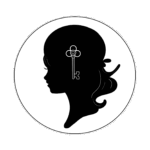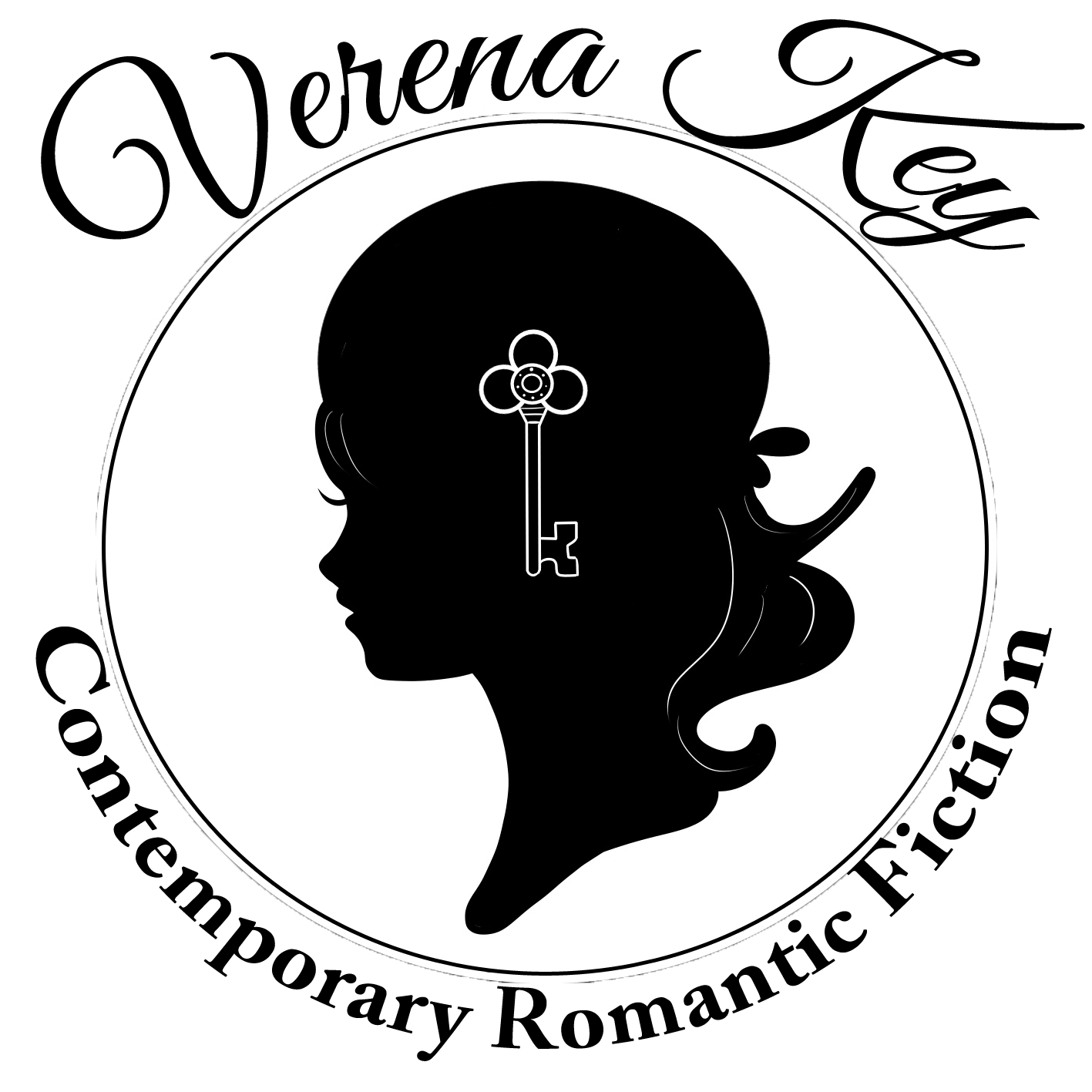
There is nothing as good as a classic if you want to be thoroughly creeped out.
Written by Alexandre Dumas (fils), “The Lady of the Camellias”, or “Camille” as it is also known in English translation, is a romantic and tragic story that has been the inspiration of numerous plays, movies, and even an opera. Since I was so free to quote “The Count of Monte Cristo”, written by Alexandre Dumas (père), in my second book of “The Neighbor” series, it was only fair that for the last book of the series, I should quote the son. Besides, the story I intend to write follows a former prostitute, so what better source material to quote than “Camille”, a tale of a courtesan in love?
With a bit of time on my hands, I bought a version of the story translated from French by Edmond Gosse, with an introduction by Toril Moi. Honestly – just read the introduction. It will tell you a lot you need to understand the book. The scandalous references to sex, the female monthly cycle (just pay attention to the color of camellias), and above all death have all been justly discussed in this introduction. So I won’t bother you with my opinions on those topics but will share with you my impression of the book.
My advice is: don’t read the book in a public place. I read it on the plane and it was embarrassing how often I had to hide tears.
Sure, the story is old-fashioned, and one may argue that such views on sex workers or promiscuous women are outdated. The hero of the story is an idiot with an emotional intelligence of a turnip – come to think of it, he is smart as a turnip too. He is also insecure and intimidated by the beautiful Marguerite and determined to gain power over her. Once he has that power, and believes himself betrayed (even though it is obvious to anyone who cares to look that she did not betray him but handled in his best interest), he uses it to crush Marguerite’s heart and health, to the point that she dies.
Alone.
Don’t believe the movies, the book is much more cruel.
However, the writing is so masterful that the characters and their actions, both the tragically good ones, as well as the contemptuously bad ones, made me cry in front of strangers. And that’s what I call good writing. I don’t have to like the characters in the book – I can hate them, despise them, judge them, want to strangle them… The only thing I shouldn’t do is be indifferent. Well, Alexandres both the father and the son knew what they were doing in that respect.
Now, you might ask why I was creeped out. If I say that the book starts with the exhumation of the poor Marguerite’s body (because her lover wouldn’t leave her alone, even in death), would that explain it? “Camille” is not on the same level of creepiness as, for example, “The Monk” by Matthew Gregory Lewis, but it does have its fair share of obsession with death and sex, of course.
My final remarks: the story is worth reading, but maybe you should be less of a cheapskate than I was, and buy the more expensive version. The edition I read maybe looked good in a printed form once upon a time, but someone decided to make an e-book out of it and by doing so forgot that proofreading it once before putting it up for sale is always a good idea.
The book I read was full of mistakes, which hurt considering that I came across them in a book by a legit publisher called “Signet” (or maybe not so legit? Who knows…). So many times we, self-published authors, are blamed for releasing a work that was not rigorously enough formatted and edited. I think the publishers of classics should be held to even higher standards. After all, the writers they publish are not around to complain.

